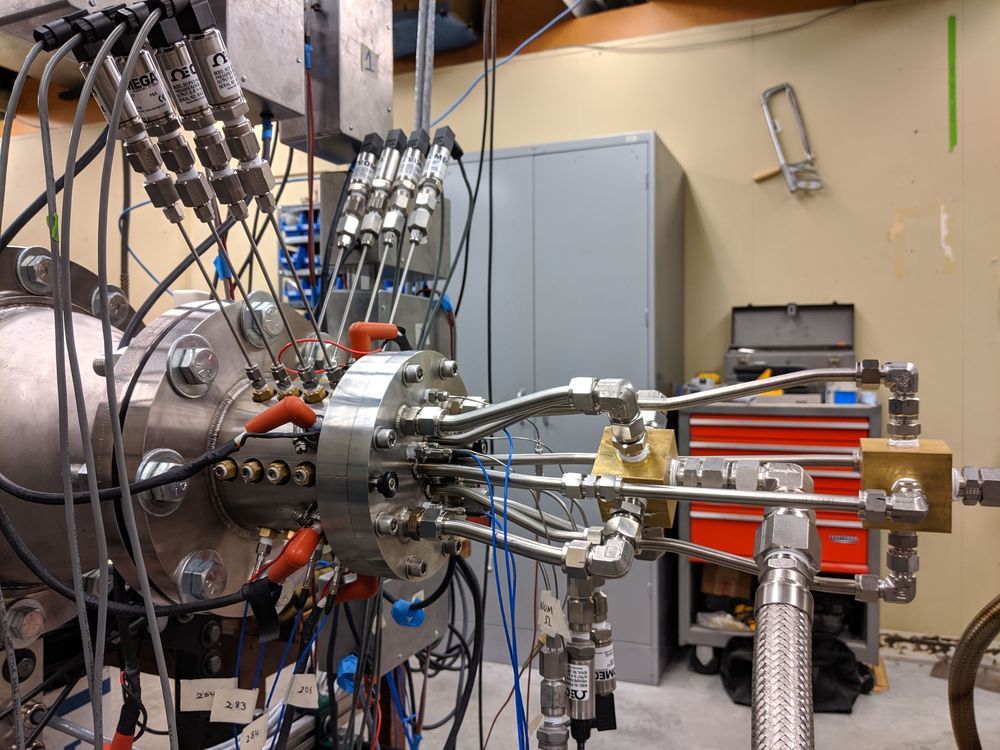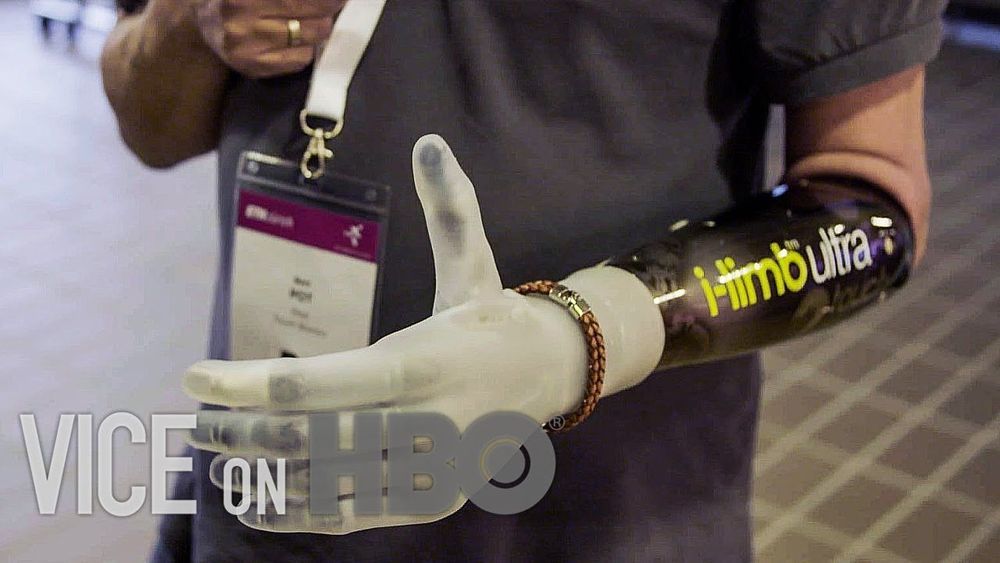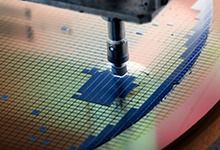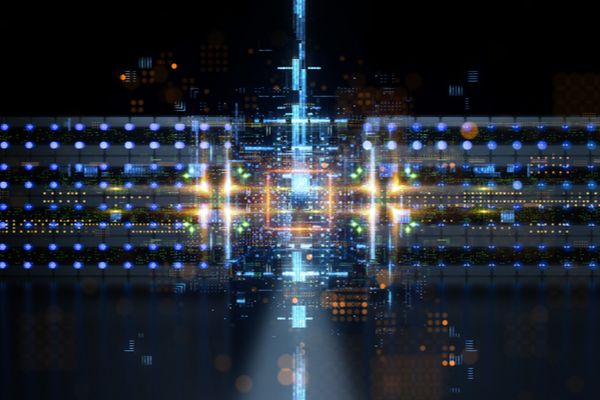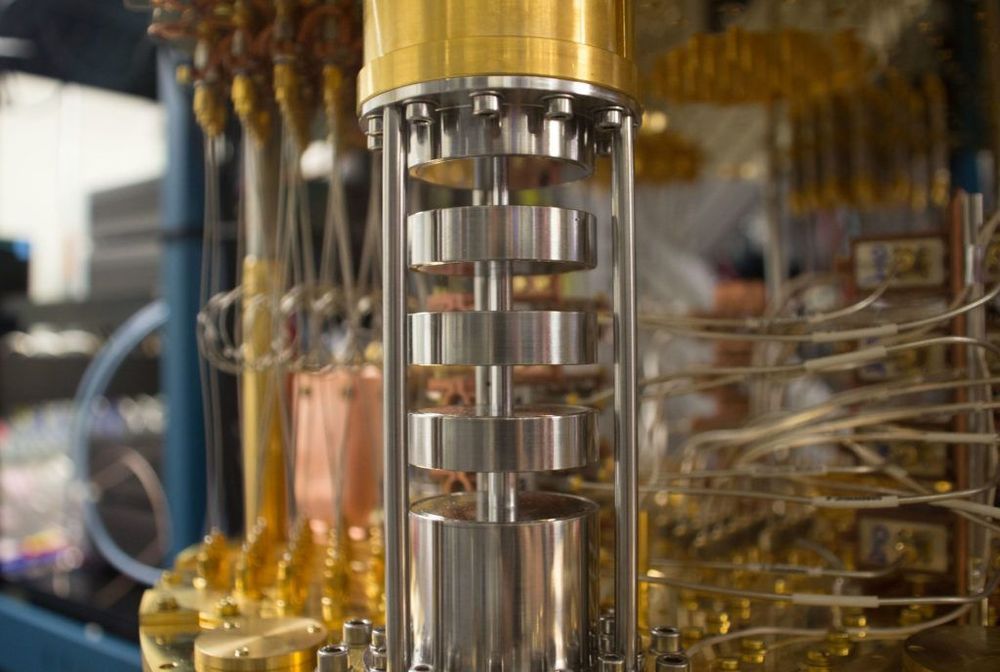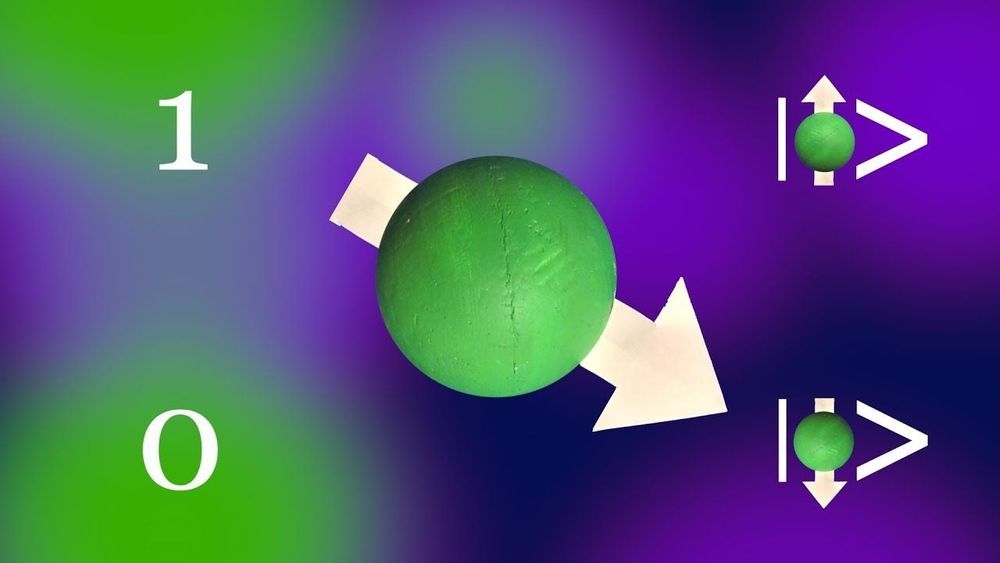Feb 25, 2020
Physicists Foretell Quantum Computer With Single-Atom Transistor
Posted by Quinn Sena in categories: computing, particle physics, quantum physics
Physicists at Purdue University and the University of New South Wales have built a transistor from a single atom of phosphorous precisely placed on a bed of silicon, taking another step towards the holy grail of tech research: the quantum computer.
Revealed on Sunday in the academic journal Nature Nanotechnology, the research is part of a decade-long effort at the University of New South Wales to deliver a quantum computer – a machine that would use the seemingly magical properties of very small particles to instantly perform calculations beyond the scope of today’s classical computers.
Continue reading “Physicists Foretell Quantum Computer With Single-Atom Transistor” »

